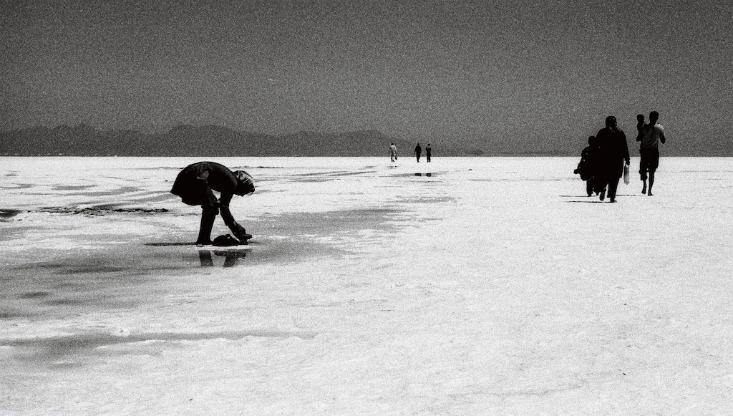This classic Facts So Romantic post originally ran in August, 2014.
The
last time my cousin Houman traveled to Lake Urmia was 11 years ago. He
and four of his friends piled into his car and drove for roughly 12
hours, snaking west from the capital of Tehran. Iran is shaped like a
teapot; its massive saltwater lake is nestled high in the tip of its
spout and flanked by the mountains that run along the Turkish border to
the west.
They had heard a lot about it. The largest lake in the
Middle East and one of the biggest saltwater lakes in the world, Lake
Urmia at its peak was a popular draw for vacationers eager to float in
its salty water—known for its healing properties—and sunbathe among the
flocks of flamingos, pelicans, and yellow deer that made a home at the
lake and its hundred-or-so islands.
This was the picture of Lake
Urmia that Houman had gotten from my uncle’s descriptions of traveling
to the lake 20 years before. But when he and his friends finally pulled
up at Lake Urmia’s shores, all they saw was barren whiteness. Stripping
down to bathe, their feet were pierced by the jagged edges of salt
crystals lining the lakebed. Emerging from the shallow water, their
bodies turned white, stinging from the layers of salt clinging to their
skin. There were no animals in sight. “The water was disappearing,”
Houman said. “It felt like soon there might not be any left.”
READ MORE:http://nautil.us/blog/the-tragedy-of-irans-great-salt-lake

No comments:
Post a Comment